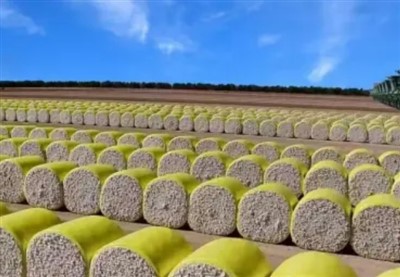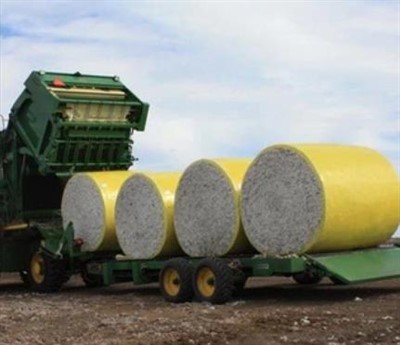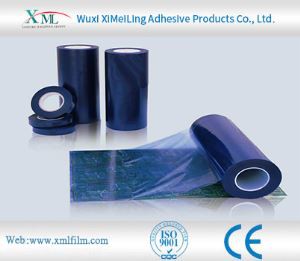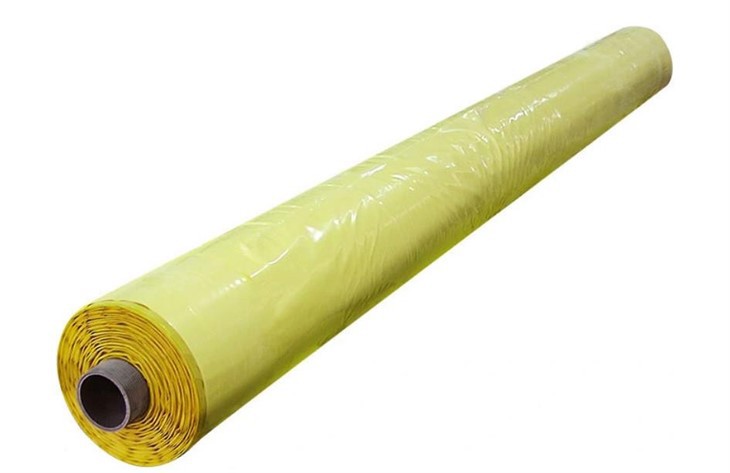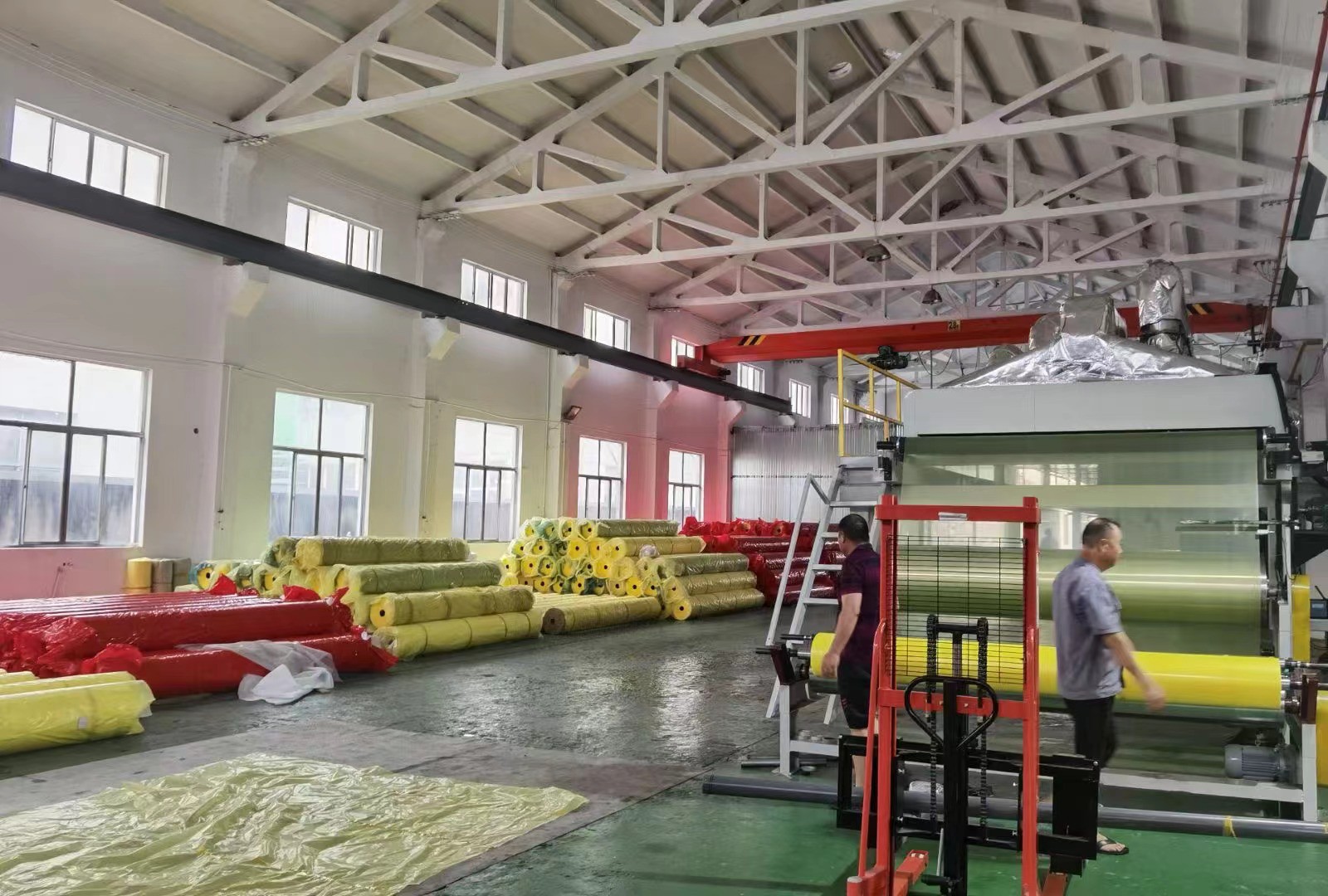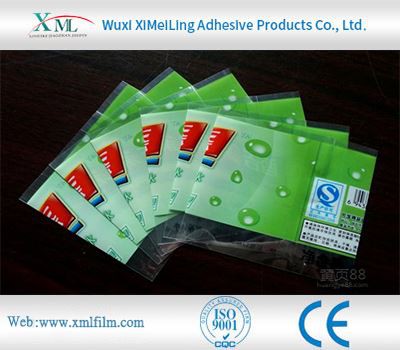To judge the quality of Cotton Wrap Film for Cotton Pickers, several key factors should be systematically evaluated. Here’s a comprehensive guide:
The quality of the film largely depends on its raw materials. High-quality films are typically made from virgin polyethylene (PE) with optimal additives (e.g., UV stabilizers, anti-aging agents) to enhance durability. Check the thickness uniformity using a micrometer; consistent thickness (e.g., 20–30 microns) ensures even tension and resistance to tearing during wrapping. Thinner films may tear easily, while excessively thick ones could be costly and less flexible.
Test the film’s tensile strength (resistance to breaking under tension) and elongation at break (stretchability). High-quality films should exhibit strong tensile strength (e.g., ≥20 MPa) and high elongation (≥250%) to withstand the mechanical stress of cotton baling and transportation. Poor tensile properties lead to frequent film breakage, compromising bale integrity.
Evaluate both self-adhesion (the film’s ability to stick to itself) and cohesion (internal strength). Good self-adhesion ensures secure wrapping without slipping, while strong cohesion prevents the film from splitting or puncturing. Conduct a simple peel test: the film should adhere firmly to itself but not leave residue when peeled apart.
Cotton bales are often stored outdoors, so UV resistance is critical. High-quality films should maintain their mechanical properties after prolonged sunlight exposure. Look for films with a UV protection rating (e.g., ≥6 months of outdoor durability) or conduct a simulated UV test using a weathering machine to check for brittleness or discoloration.
Test the film on a cotton picker’s baling system. Quality films should unwind smoothly without curling or sticking to the roller, ensuring consistent and tight wrapping around bales. Assess the film’s ability to conform to the bale shape without air pockets, which can cause mold or moisture ingress.
Cotton bales may contain sharp stems or debris. A durable film should resist punctures and impacts. Use a puncture test (e.g., dropping a weighted object onto the wrapped bale) to simulate real-world conditions. Films that crack or tear easily fail this criterion.
Check for compliance with environmental standards, such as being recyclable or free from harmful additives. Some regions may require films to be biodegradable or meet specific waste management regulations, ensuring sustainability without compromising performance.
Reliable manufacturers provide quality certifications (e.g., ISO 9001) and offer technical data sheets detailing the film’s specifications. Research customer reviews and case studies to gauge real-world performance, especially in terms of long-term reliability and compatibility with different cotton picker models
